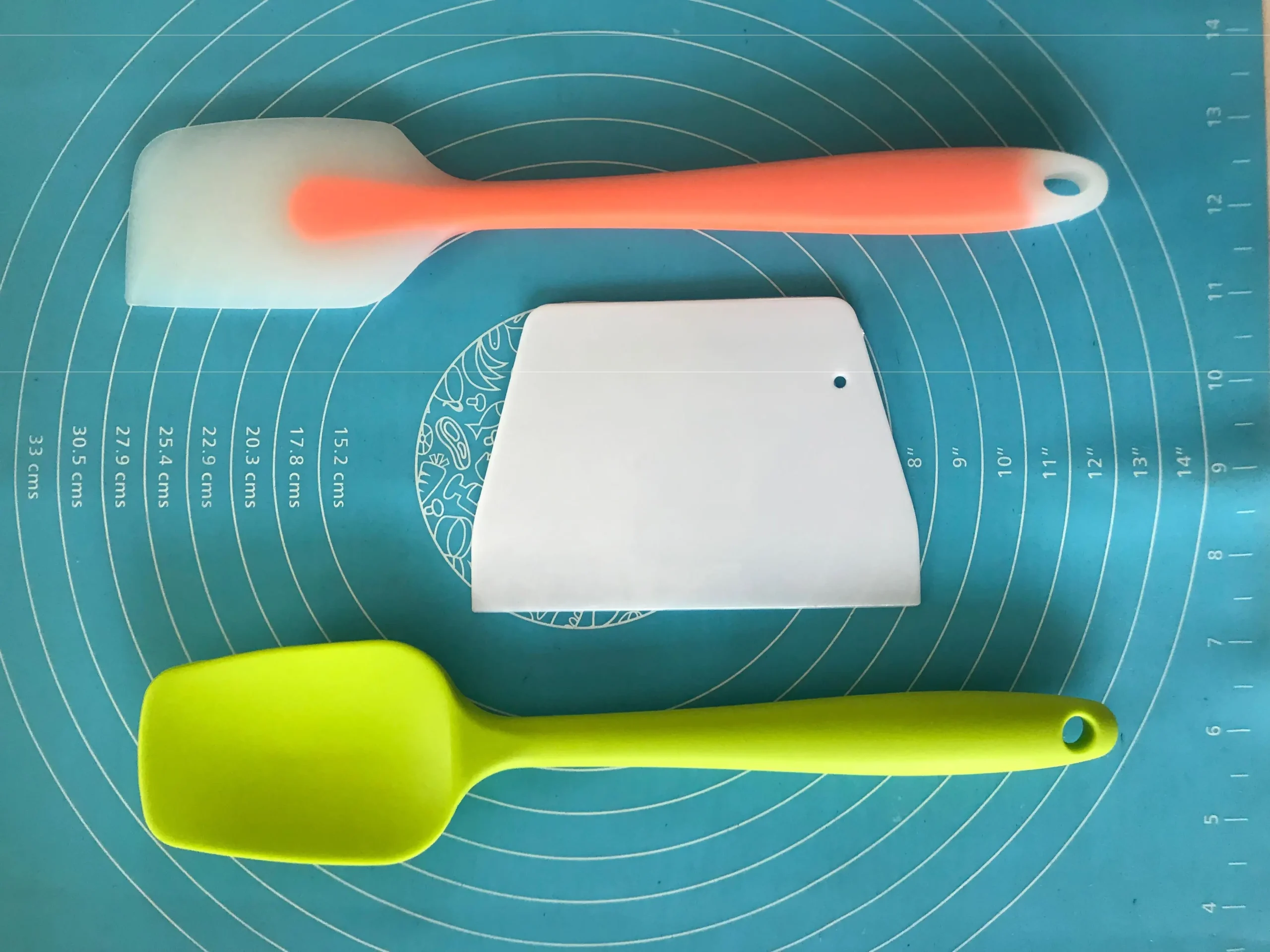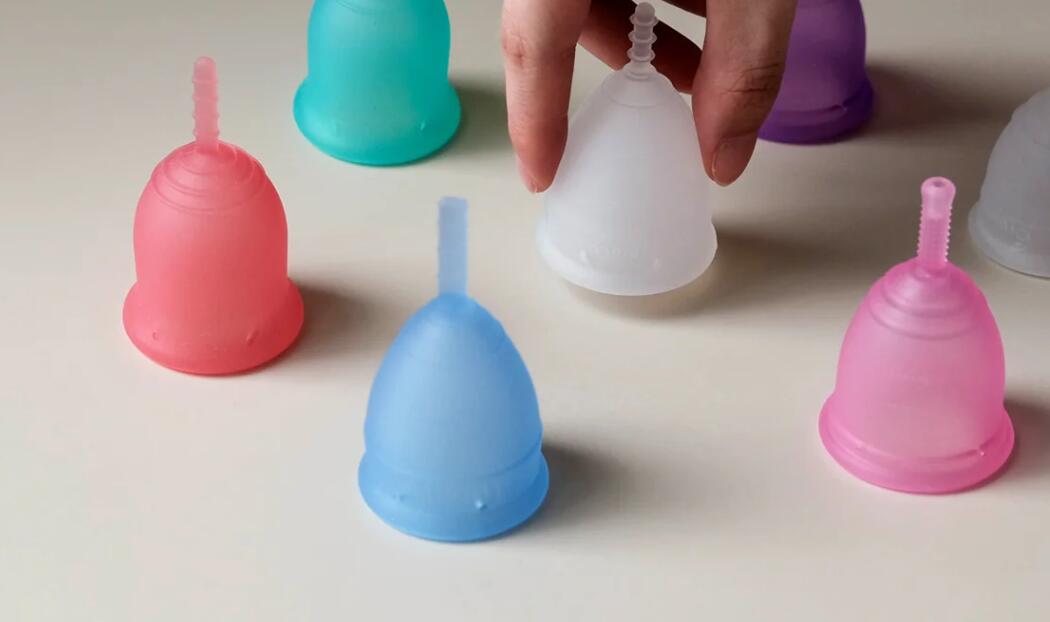Comparing Silicone of HTV and LSR: What Sets Them Apart
Silicone rubber is a versatile material that finds its place in various industrial applications. High Temperature Vulcanized Silicone (HTV) and Liquid Silicone Rubber (LSR) are two distinct forms of silicone elastomers, each with its unique characteristics and applications.
HTV Silicone
HTV Silicone, or high-temperature vulcanized silicone, is a long-chain elastomer featuring vinyl groups. It is typically reinforced with fumed or precipitated silica and other additives to imbue it with specific properties. This type of silicone rubber is well-suited for compression molding, silicone rubber transfer molding, and rubber injection molding.
Types of HTV Silicone
HTV Silicone can be categorized based on its application and performance. These include general-purpose types, low-compression permanent deformation types, low-shrinkage types, flame-retardant types, solvent-resistant types, high-temperature types, and more. Often, HTV Silicone is named according to its base ingredients.
HTV Silicone consists of high-polymerization polysiloxane with a molecular weight ranging from 400,000 to 800,000. It is enhanced with reinforcing agents and various additives, including fillers, vulcanizing agents, structure control agents, and modifiers. Vulcanization takes place under high pressure and temperature conditions, followed by a secondary vulcanization step. This unique process gives rise to its name, “high-temperature vulcanized silicone rubber.”
Applications of HTV Silicone
HTV Silicone has found wide-ranging applications in aerospace, the munitions industry, automotive manufacturing, fine chemicals, construction, electronics, food processing, mechanical engineering, medical and pharmaceutical sectors, cosmetics, home appliances, paper films, solar batteries, and semiconductors. It continues to expand its reach into new domains, demonstrating its adaptability and reliability.
![]()
Liquid Silicone Rubber (LSR)
LSR, which stands for liquid silicon rubber, is an elastomer material consisting of two parts and cured using platinum. The process involves injecting a mixture of two separate liquid components in equal quantities into a mould cavity to form a component or a part. LSR is extremely heat resistant; it can withstand temperatures up to 200°C. It is cured by using platinum catalysts.
Types of LSR Materials
LSR comes in various types, each tailored to specific applications:
Medical Grades: These are perfect for biocompatibility testing and are also FDA compliance ready and designed for medical devices.
Self-lubricating: In this category, a liquid phenyl is introduced to make its surface slippery when cured.
Conductive: LSR compounds are enriched with carbon black for improved mechanical properties.
Self-bonding: LSR with adhesion promoters suitable for materials such as glass filled nylons, stainless steel, aluminum and polysulfones.
Radio Opaque: This type becomes visible under X-ray due to incorporating barium sulfate; hence, it is good where medical devices like wound drains and catheters are required.
To summarize, HTV silicone and LSR are ideal materials for different industries that require certain features. This choice is dependent on the application and performance requirements, as well as material properties in each of them for different uses. Nevertheless, silicones still lead innovations in diverse fields, and thus become one foundation of today industry.


